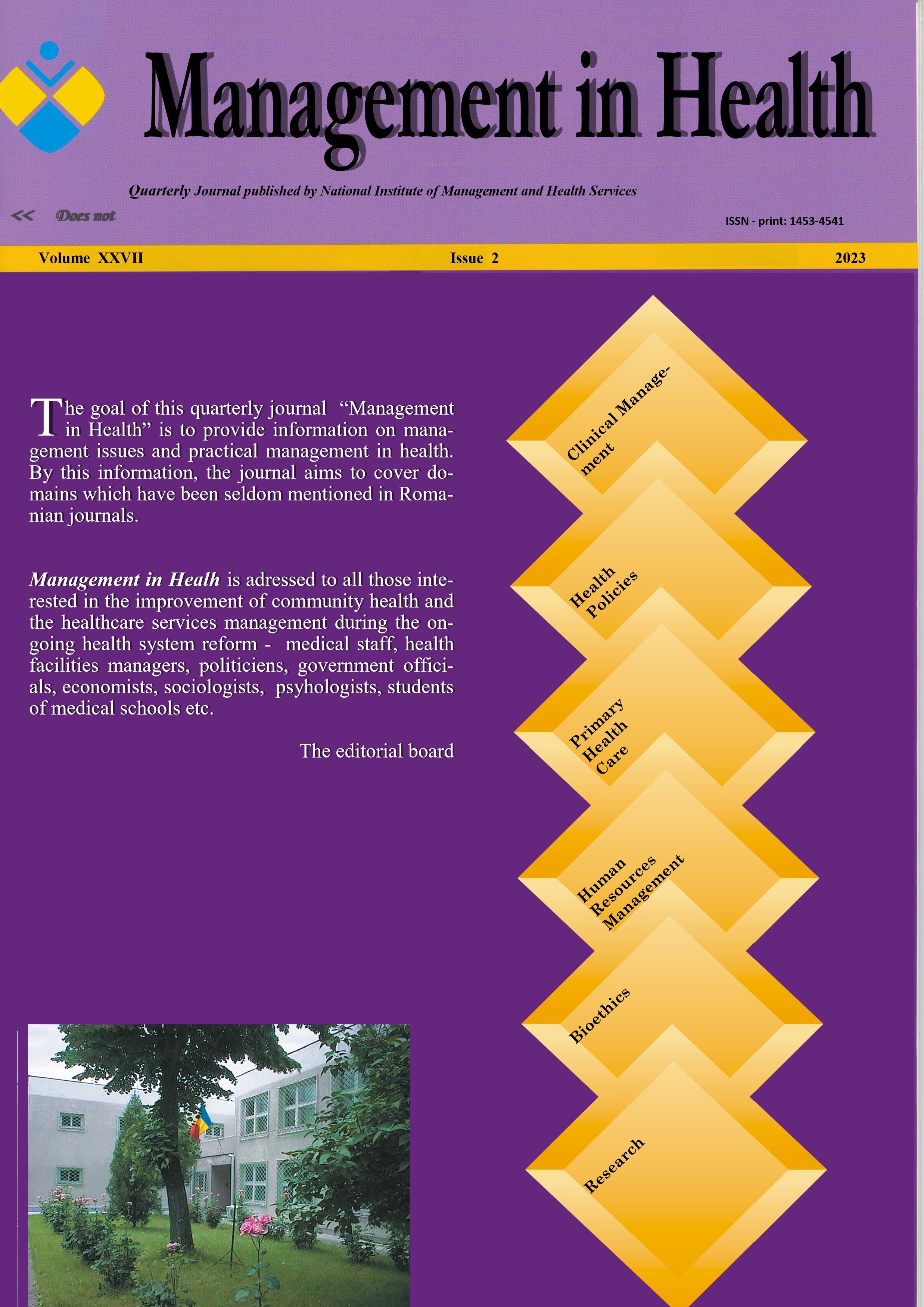Abstract
Summary:
Cervical screening together with vaccination against Human Papilloma Virus (HPV) can completely
eliminate cervical cancer from the lives of 21st century women, the only completely preventable cancer
disease. This commitment can only be achieved if 90% of girls are vaccinated, 70% of eligible women are
cytologically screened, 90% of women detected with cervical lesions are treated, which is the key to
success and cost-effectiveness and can be significantly accelerated by investment in technologies and
innovations, including telemedicine (1).
Telemedicine has become a vast branch of modern medicine, where universal coverage of the
population with health services can only be achieved with the support of information technologies,
which help health systems to be truly responsive, sustainable and as close as possible to the needs and
conditions of the beneficiaries (2).
Telemedicine is most frequently used in the prevention and monitoring of non-communicable diseases,
after emergencies and the monitoring of chronic and elderly patients. In this context, the ways of
implementing telemedicine in cervical screening adapted to the specificities of the health system in the
Republic of Moldova (RM) require thorough research.
The implementation of telemedicine in cervical screening can significantly increase the recruitment and
scheduling of women for primary screening test, provide pre and post treatment follow-up, develop and
refine colposcopic diagnosis by providing remote video-guided methodological support, develop
cytological and histopathological decision through virtual counselling, remotely guide treatment
procedures and last but not least solve the shortage of qualified health professionals in remote regions
of the country (15).
While the COVID 19 pandemic has been successful in propelling the widespread implementation and use
of telemedicine technologies, multiple barriers remain, including perceptions and opinions of decision makers, which are holding back the implementation process and its effectiveness.
In this context, we set out to study the opinions of decision-makers in researching the feasibility of
implementing telemedical technologies in cervical screening.
12 In-depth interviews with decision-makers helped answer more questions, identify implementation
barriers and find ways to address them. The interviews were conducted as part of a comprehensive
research, the aim of the research being to assess the feasibility of implementing telemedical
technologies in cervical screening in the Republic of Moldova, with the development of
recommendations to address the identified shortcomings.
Keywords: telemedicine, cervical screening, decision makers, in-depth interview, Republic of Moldova

